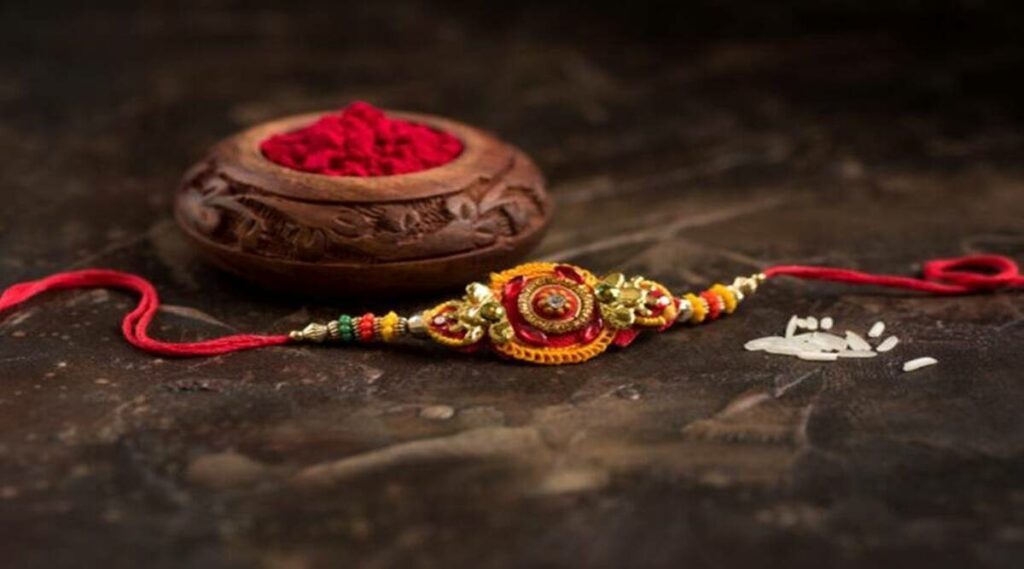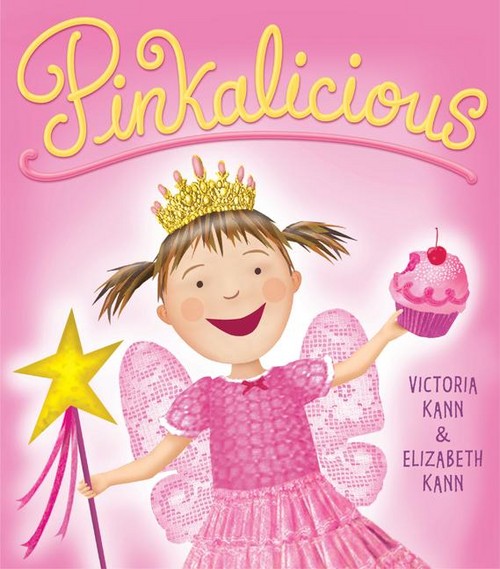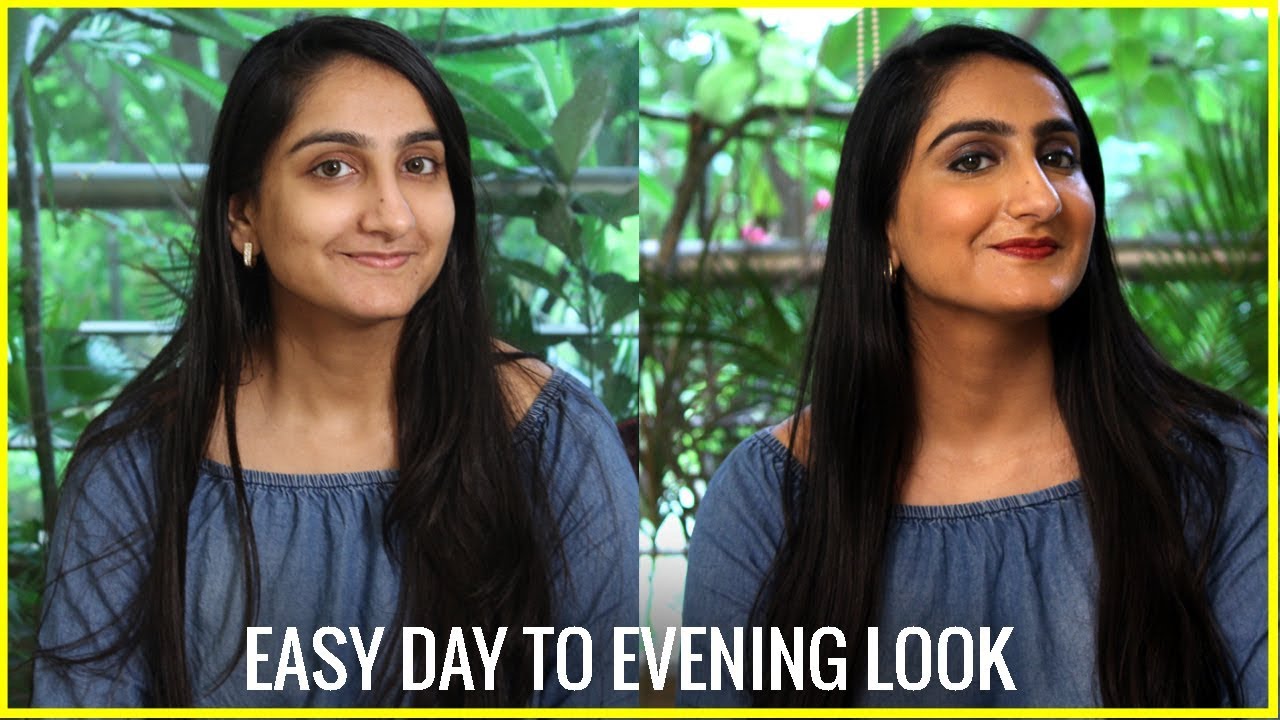“Do you know the story where a Rakhi was tied on a husband by his wife?” I asked my daughter. The 11 year old rolled her eyes in disbelief. I continued calmly, “Or the story where a Hindu Goddess was created to help celebrate Raksha Bandhan?”
She sat up upright and stared at me. Now I had her attention piqued. Being an avid mythology buff, her eyes widen at the prospect of new unique stories around her favourite festival.
Yes, I speak of none other, than the approaching Raksha Bandhan festival which is the epitome of the bond between a brother and sister. Additionally, similar to all Indian festivals, this one too has numerous unique and interesting stories around it, and I am back explaining and decoding them for you.
So, let’s start from the beginning…..
What Is Raksha Bandhan?

Raksha bandhan or Rakhi is a festival widely celebrated to cherish the love of sibings. A thread (Rakhi) is tied by the sister on the wrist of her brother. Originally the Rakhi had an amulet in it, but nowdays there is a great influx of modern designs and patterns. This humble thread symbolizes the immense power of love and protection of their bond. Hence the name : Raksha (protection) Bandhan (bond).
Of course, along with the ceremony of tying the Rakhi, the sister prepares sweets for her brother and prays for his long life while he in return give her gifts with the sacred promise of protecting her.
Fun Fact :
Raksha Bandhan falls on the last day of Shrawan, which is why it is also called Shravani or Saluno. A fun ritual associated with Saluno includes the sisters placing shoots of barley behind the ears of their brothers.
Is Rakhi always tied by a sister to her brother? NO! Read to know more.
Raksha Bandhan is a unique festival because it not bound by any religion but instead universally celebrates the bond of love and protection. This can be seen in history. How a unpretentious Rakhi created a strong bond of unity and togetherness, in the midst of the Indian Freedom Struggle movement.
How Did This Happen?
So the story goes back to the year 1905. Lord Curzon was then the Viceroy of India. He ordered the partition of Bengal. Proposing that the Muslim population who dominated the region of Assam and Sylhet be separated from the Hindu majority region of West Bengal, Bihar and Odisha. The British simply believed in a ‘Divide and Rule’ Policy.
Now this partition came to effective on 16th October 1905. Co-incidentally, that year 16th October was the last day of Shravan month and so also was Rakhi Purnima.
Rabindranath Tagore realized the ploy of the British and used Rakhi Purnima to bridge the communal divide and create hope and spread harmony in the minds of both Muslims and Hindus. He urged them to tie Rakhi on each other’s wrist promising to protect and stand by each other in the midst of separation. Thousands of people from Bengal, Assam and Dhaka showed up on the banks of Ganges and tied rakhi to each other. Tagore deftly used this simple thread as a symbol of unity and solidarity between the two communities.
Did You Know That A Rakhi Can Also Be Tied By The Wife On Her Husband’s Wrist?

Yes, you read that right! The custom of rakhi tying is not always associated between a brother and sister. This can be seen in the following fascinating mythological tale.
Lord Indra was the king of all Gods. Once upon a time, there was a vicious battle between the Devas (Gods) and Rakshasas (Demons). The war continued for many days and many nights. The Gods were slowly being defeated making Lord Indra anxious and a bundle of nerves.
He went for guidance to Guru Brihaspati, who was the counsellor to the lords. Guru Brihaspati advised him to get a thread or a chasm tied on his wrist by his wife Indrani. He instructed Lord Indra that this thread should be empowered by the sacred mantras which should be only chanted on the full moon day or Shravana Purnima. Thus, Indrani (Indra’s wife) immediately did the needful. Legend says that the power of the sacred thread helped the Gods attain victory.
This thread was called “Raksha” and started the tradition of tying it to a man’s wrist for his protection during battle.
Are There Any More Historic Legends Around Rakhi?
Yes, there few interesting stories in history. One legend goes back to 1535 CE.

Chittor, a Rajput Kingdom, was being attacked by the king of Gujarat, Bahadur Shah Zafar. Chittor’s widowed Queen Karnawati was petrified. She knew that single handily she would not be able to save the honour of the women of the kingdom.
The Queen decided to send a Rakhi to Humayun, the emperor of Agra, as a message seeking protection for herself, the womenfolk and her kingdom. It is said that Humayun at once understood the significance of the Indian Rakhi. He was immensely moved by the sisterly affection of the Queen and immediately set out to help her with his army. However, sadly he was a little late and he found the burning pyres of the Rani Karnawati as well thousands of other women. Humayun respected the promise of protection symbolized by the Rakhi and went on to defeat Bahadur Shah and give the kingdom to her son.
So, Is Any God Worshiped On Raksha Bandhan?
Yes. In Maharashtra, fishermen worship Lord Varuna the God of the Sea by offering coconuts in the sea and it is called as Narali Purnima. While in Odisha, the people celebrate Raksha Bandhan as Gamha Purnima where they worship buffaloes and cows.
In fact, this festival even gave birth to a widely worshiped Goddess. Read on to know more!
Lord Ganesha and his sister Mansaa celebrate Raksha Bandhan every year. Lord Ganesha was married to Riddhi (amazing) and Siddhi (success). He had two sons Subh (holy) and Labh (profit) from his two wives.

Now, Lord Ganesha always welcomed his sister with great hospitality and Mansaa always came with abundance of sweets and gifts for her dear brother. The rakhi tying ceremony would be a grand event. Subh and Labh would see this and feel miserable. They did not have a sister and thus felt left out in the festivities.
One day, the boys approached their father and demanded for a sister. Later, Sage Narada also came to visit Lord Ganesha and convinced him that his sons too should get the opportunity to celebrate this beautiful festival. Eventually, on everyone’s insistence, Lord Ganesha decided to create a daughter through two flames rising from his wives’ bodies. Narada declared that this daughter of Lord Ganesha will always fullfil everyone’s desires and thus, would be called Santoshi Maa, the Mother of Satisfaction.

This is how an actual Goddess Santoshi Maa was created on this unique festival.
Hope you enjoyed reading this fun stories and facts. Wishing you and your sibling a very Happy Raksha Bandhan!


















